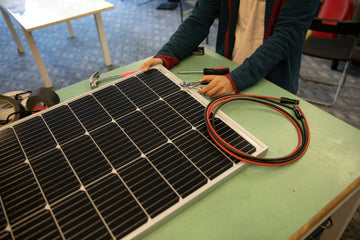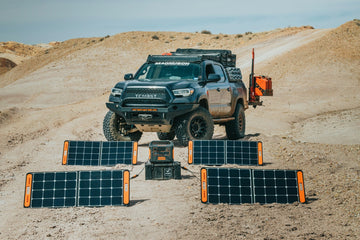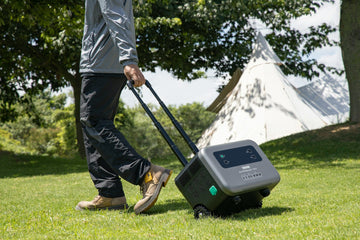Introduction
Installing a solar panel kit at home may seem complicated, but with the right guidance, it can be a straightforward and rewarding process. A solar panel kit includes panels, mounting hardware, wiring, and sometimes a battery or inverter. By following this step-by-step guide, you’ll ensure your solar setup is safe, efficient, and long-lasting.
1. Choose the Right Location
-
Select a spot with maximum sunlight exposure throughout the day.
-
Roofs facing south (in the Northern Hemisphere) or north (in the Southern Hemisphere) usually get the most sun.
-
Ensure there are no shadows from trees or nearby buildings.
2. Check Your Roof or Mounting Surface
-
Make sure your roof is structurally sound and can support the panels.
-
For ground-mounted panels, choose a level, open area.
-
Ensure proper ventilation and airflow under panels to improve efficiency.
3. Assemble the Solar Panel Kit
-
Follow the manufacturer’s instructions for mounting brackets, panels, and wiring.
-
Securely fasten panels to prevent movement or damage from wind.
-
Keep cables organized to avoid tangling or exposure.
4. Connect the Inverter and Battery (If Included)
-
The inverter converts DC power from panels to AC power for home use.
-
For kits with batteries, connect positive and negative terminals correctly.
-
Always follow safety instructions and double-check all connections.
5. Test Your System
-
Before full operation, run a test cycle to ensure all connections are correct.
-
Check the inverter display and battery indicators for proper readings.
-
Ensure all appliances or devices are charging as expected.
6. Monitor and Maintain
-
Use monitoring apps or built-in displays to track energy production.
-
Regularly clean panels with water and a soft cloth to remove dust or debris.
-
Inspect wiring and mounts periodically for damage or wear.
Conclusion
Installing your first solar panel kit doesn’t have to be intimidating. By carefully selecting the location, following the manufacturer’s instructions, and performing regular maintenance, you can enjoy clean, renewable energy while saving on electricity bills.





